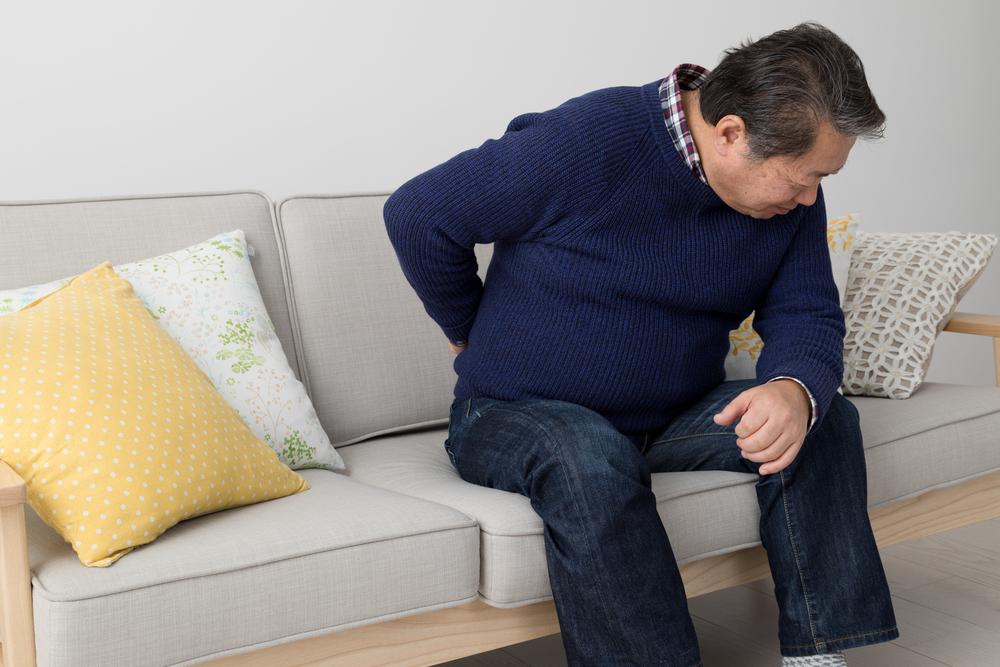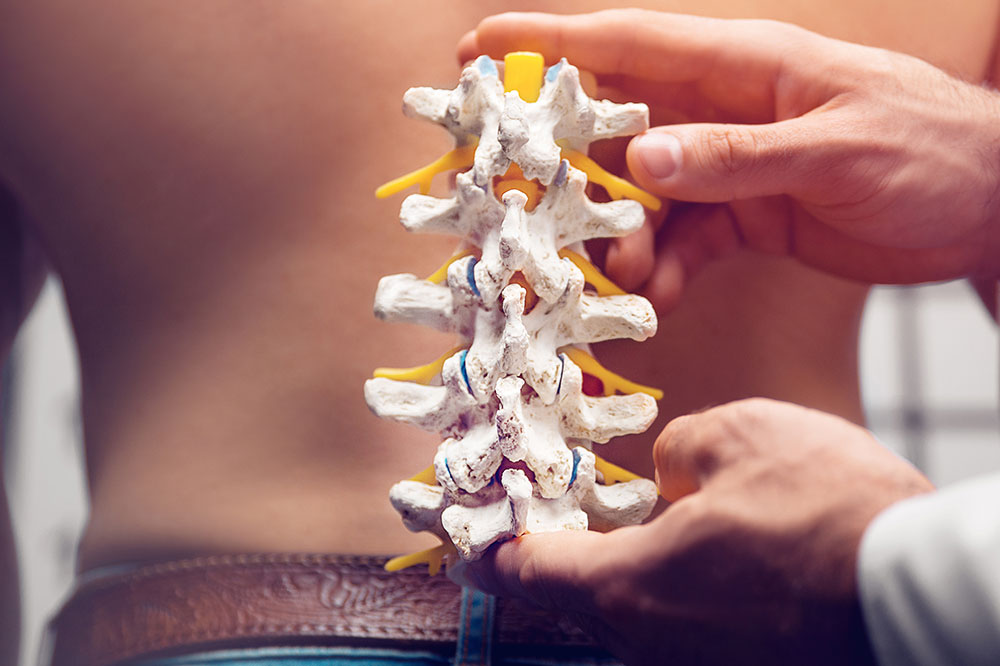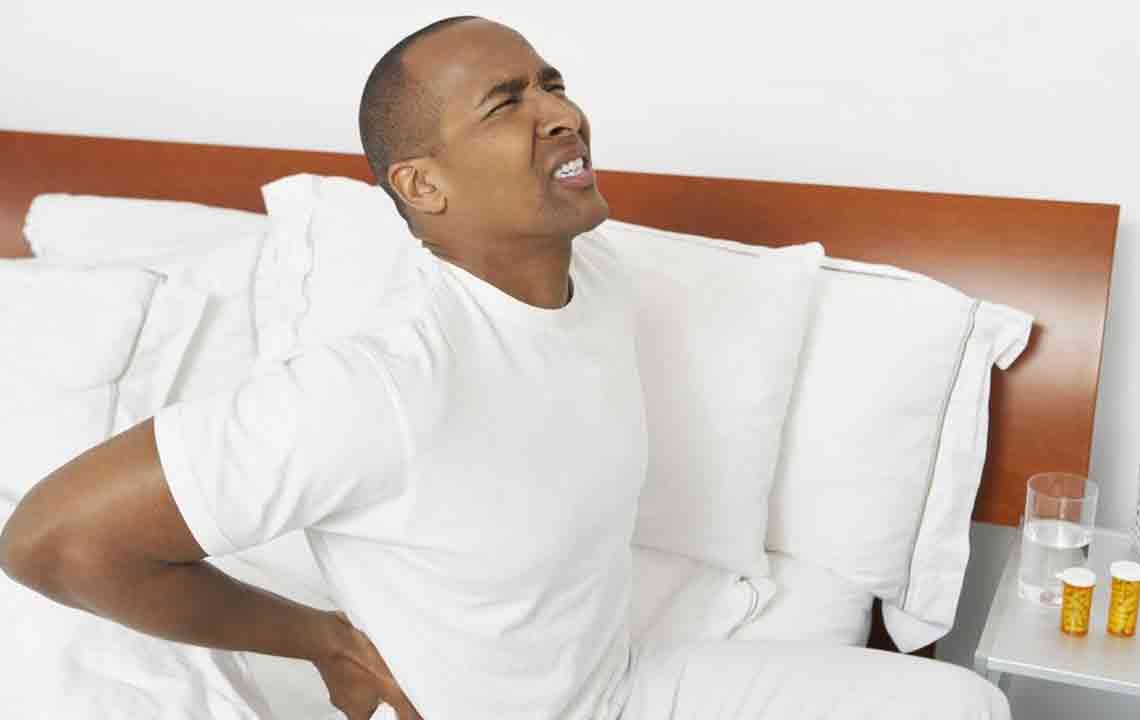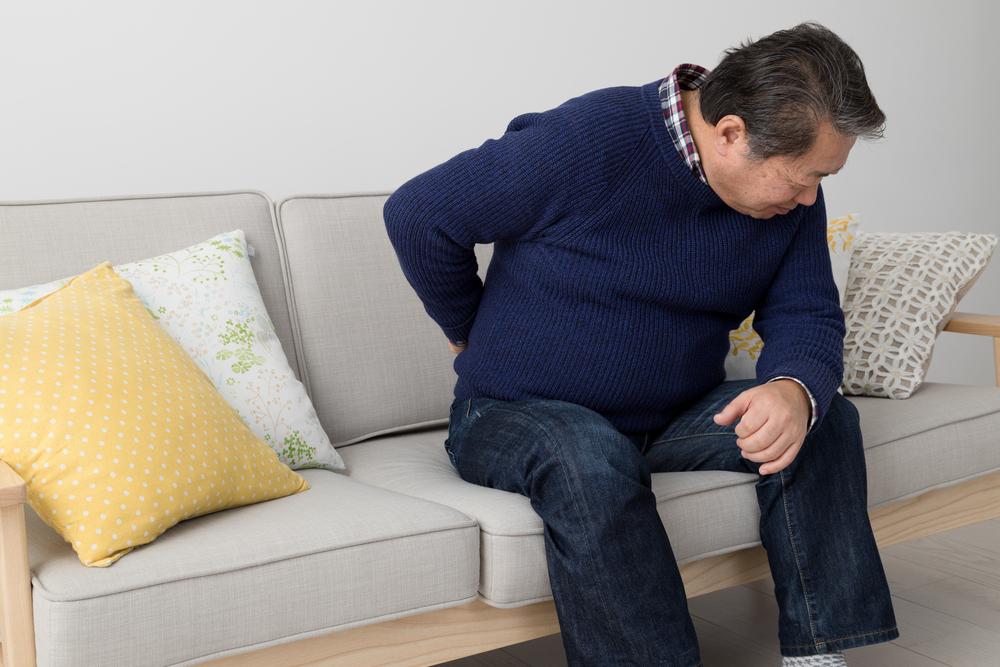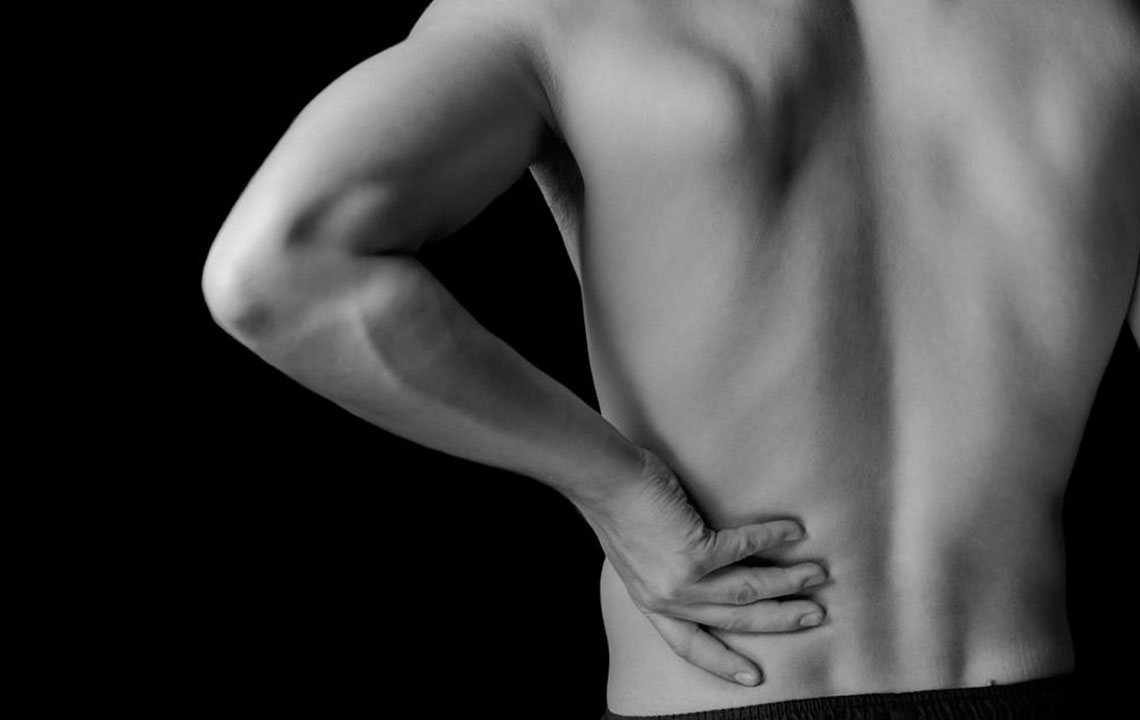Comprehensive Guide to Back Discomfort: Causes, Symptoms, and Effective Treatments
Back discomfort affects a large portion of adults and can stem from various causes such as muscle strain, disc degeneration, and joint issues. This comprehensive guide explores the different regions of the back, symptoms to watch for, and effective treatment strategies including medication, supportive devices, physical therapy, and surgery. Understanding these aspects can help individuals manage their back pain better, improve quality of life, and prevent future issues through proper care and posture management.

Comprehensive Guide to Back Discomfort: Causes, Symptoms, and Effective Treatments
Back pain is one of the most prevalent health complaints worldwide, affecting a significant portion of the adult population at some point in their lives. It can originate from various medical conditions, making it essential to understand the different causes and appropriate remedies to manage and alleviate this discomfort effectively. The back encompasses several regions, including the cervical (neck), thoracic (mid-back), lumbar (lower back), and sacral areas. Each of these regions can suffer from distinct issues, leading to pain or discomfort that varies in intensity and duration.
Understanding the anatomy and physiology of the back is crucial to comprehending the underlying causes of discomfort. The back's structural complexity involves bones, muscles, ligaments, tendons, discs, and nerves, all working in synchrony to facilitate movement and support body weight. Any disruption or injury within these components can result in varying degrees of pain, which may be persistent or intermittent.
Experience with back pain is widespread, with epidemiological studies indicating that approximately 80% of adults will encounter back discomfort at some stage in their lives. The nature of back pain can fluctuate from mild discomfort to severe, debilitating pain that restricts daily activities. The complexity of the back’s structure, especially the spinal cord and nerve pathways, significantly contributes to the manifestation of pain when injury or degeneration occurs.
Many instances of back pain are caused by muscular strain, ligament sprains, or tissue inflammation due to sudden movements or overexertion. Chronic pain, affecting roughly 5-10% of individuals, often results from persistent underlying issues like degenerative disc disease or joint deterioration. An acute episode may involve tissue damage, leading to symptoms such as muscle weakness, nerve compression, and in some cases, incontinence, which can severely impact mobility and quality of life.
In younger populations, issues often stem from disc degeneration or injuries caused by sports activities or accidents. In contrast, older adults frequently experience a combination of degenerative changes in the joints and discs, contributing to conditions like osteoarthritis and spinal stenosis, which exacerbate pain and reduce functional capacity.
Key Factors That Contribute to Back Discomfort
Overexertion of muscles, resulting in strain and sprains of ligaments and soft tissues.
Herniated or slipped discs in the lumbar region that cause nerve inflammation and pain radiating into the legs.
Degenerative changes in the facet joints leading to osteoarthritis, which causes persistent discomfort.
Spinal deformities, such as scoliosis or kyphosis, that create abnormal stress on the back structures.
Spinal stenosis, a narrowing of the spinal canal, leading to nerve compression and pain.
Spondylolisthesis, a condition where vertebrae slip out of alignment, causing joint fractures or degeneration.
Autoimmune conditions like rheumatoid arthritis affecting the joints of the spine.
Recognizing the Signs and Symptoms of Back Pain
Localized muscle pain or tenderness that may radiate to limbs or other areas.
Difficulty standing, bending, or walking comfortably due to stiffness or weakness.
Sharp, shooting, or burning pains in the back, which may extend into the legs or arms.
In severe cases, symptoms such as loss of bladder or bowel control indicate urgent medical attention.
Effective Strategies for Managing Back Discomfort
Use of medications, including NSAIDs, muscle relaxants, and epidural injections, to reduce inflammation and relieve pain.
Supportive devices such as braces or corsets to stabilize the back and reduce strain during movement.
Non-pharmacological therapies like massage, physical therapy, and targeted exercises to enhance blood flow, flexibility, and core strength.
Alternative treatments such as acupuncture and chiropractic care may provide additional relief.
In cases where conservative treatments are ineffective, surgical options like discectomy, laminectomy, or spinal fusion may be considered to correct structural issues and restore function.
This extensive guide provides insight into the causes, symptoms, and treatment options for lower and upper back discomfort, offering practical advice for those suffering from back pain and seeking relief. Proper diagnosis and tailored treatment plans are essential for effective management and long-term recovery, emphasizing the importance of consulting healthcare professionals for persistent or severe symptoms.